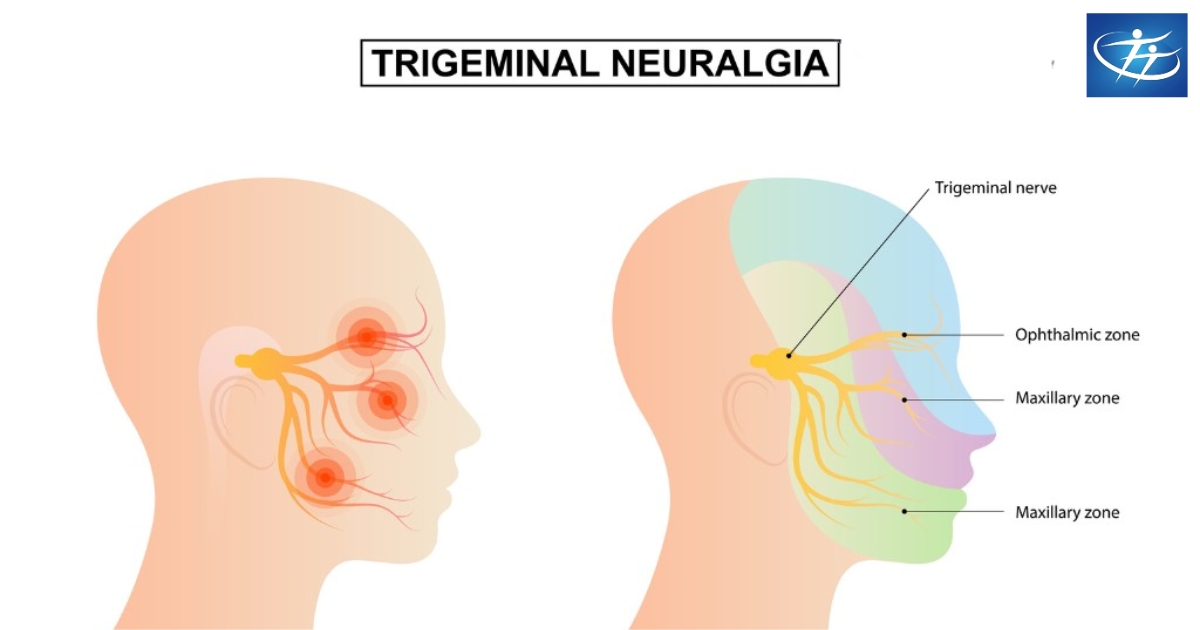Chronic lower back pain is a widespread issue affecting millions of individuals worldwide. It can significantly impact daily life, making even simple tasks challenging and diminishing the overall quality of life. In this blog, we’ll delve into the causes, symptoms, and effective management strategies for lower back pain.
Causes: Chronic lower back pain can stem from various factors, including:
- Muscle Strain: Overuse, poor posture, or sudden movements can strain the muscles and ligaments in the lower back, leading to chronic pain.
- Degenerative Disc Disease: Wear and tear on the spinal discs over time can result in degeneration, causing chronic pain and stiffness.
- Herniated Disc: When the soft inner material of a spinal disc protrudes through the outer layer, it can compress nearby nerves, leading to chronic pain.
- Spinal Stenosis: Narrowing of the spinal canal can put pressure on the nerves, resulting in chronic pain, numbness, and weakness in the lower back and legs.
- Arthritis: Conditions such as osteoarthritis or rheumatoid arthritis can affect the joints in the lower back, causing inflammation and chronic pain.
Symptoms: Symptoms of lower back pain may vary from person to person but commonly include:
- Persistent dull ache in the lower back
- Sharp, shooting pain that radiates down the legs (sciatica)
- Stiffness and reduced range of motion in the lower back
- Numbness, tingling, or weakness in the legs or feet
- Difficulty standing, walking, or performing daily activities
Managing Back Pain: While lower back pain can be debilitating, there are several strategies to manage and alleviate symptoms:
- Physical Therapy: Targeted exercises and stretches can strengthen the muscles supporting the lower back, improve flexibility, and reduce pain.
- Medication Management: Over-the-counter or prescription medications such as nonsteroidal anti-inflammatory drugs (NSAIDs), muscle relaxants, or analgesics can help manage pain and inflammation.
- Interventional Procedures: Minimally invasive procedures like epidural injections, nerve blocks, or radiofrequency ablation can provide targeted pain relief.
- Lifestyle Modifications: Adopting a healthy lifestyle, including regular exercise, maintaining a healthy weight, practicing good posture, and avoiding prolonged sitting or standing, can help prevent and alleviate lower back pain.
- Mind-Body Therapies: Techniques such as yoga, tai chi, mindfulness meditation, and biofeedback can help reduce stress, improve coping mechanisms, and alleviate chronic pain.
Chronic lower back pain is a complex condition with various contributing factors. By understanding its causes, recognizing symptoms, and implementing effective management strategies, individuals can take proactive steps towards living a life with reduced pain and improved quality of life.



